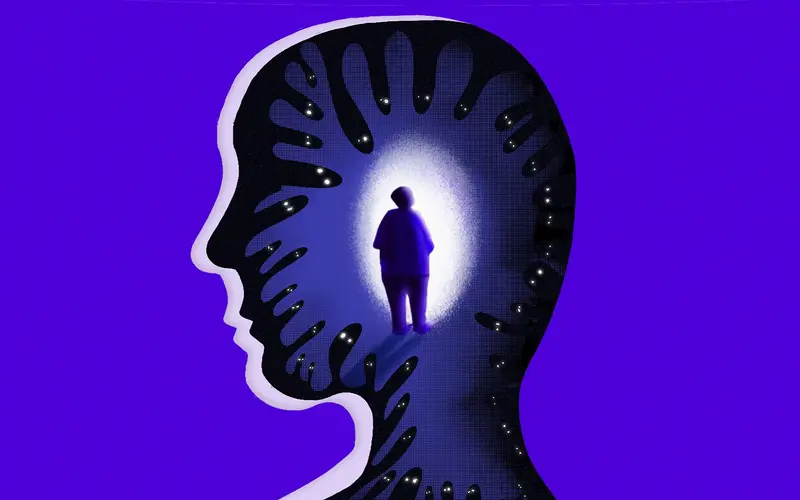People Who Can't Feel Scared
Sunday, 2025/09/28239 words3 minutes2843 reads
Urbach-Wiethe disease, an extremely rare genetic condition affecting approximately 400 individuals worldwide, has provided neuroscientists with a unique opportunity to study the neurological underpinnings of fear. This condition, caused by a mutation in the ECM1 gene, can result in calcification and subsequent damage to the amygdala, a brain region long associated with fear processing.
One notable case study involves a patient known as SM, who has been the subject of extensive research since the 1980s. Despite exposure to various fear-inducing stimuli, including horror films, haunted houses, and live snakes and spiders, SM consistently displayed a remarkable absence of fear responses. This fearlessness, however, is not without consequences, as it has led to potentially dangerous social interactions and risk-taking behaviors.
Intriguingly, recent research has revealed that the amygdala's role in fear processing is more nuanced than previously thought. While it appears crucial for recognizing and responding to external threats, internal threats such as elevated CO2 levels can still elicit panic responses in individuals with amygdala damage. This finding suggests the existence of multiple fear pathways in the brain, with the brainstem playing a significant role in processing internal threats.
The study of Urbach-Wiethe disease not only illuminates the complex neural circuitry underlying fear but also underscores the evolutionary significance of this emotion. While the absence of fear might seem advantageous in modern society, it remains a critical survival mechanism that has been conserved across vertebrate species for millions of years.
